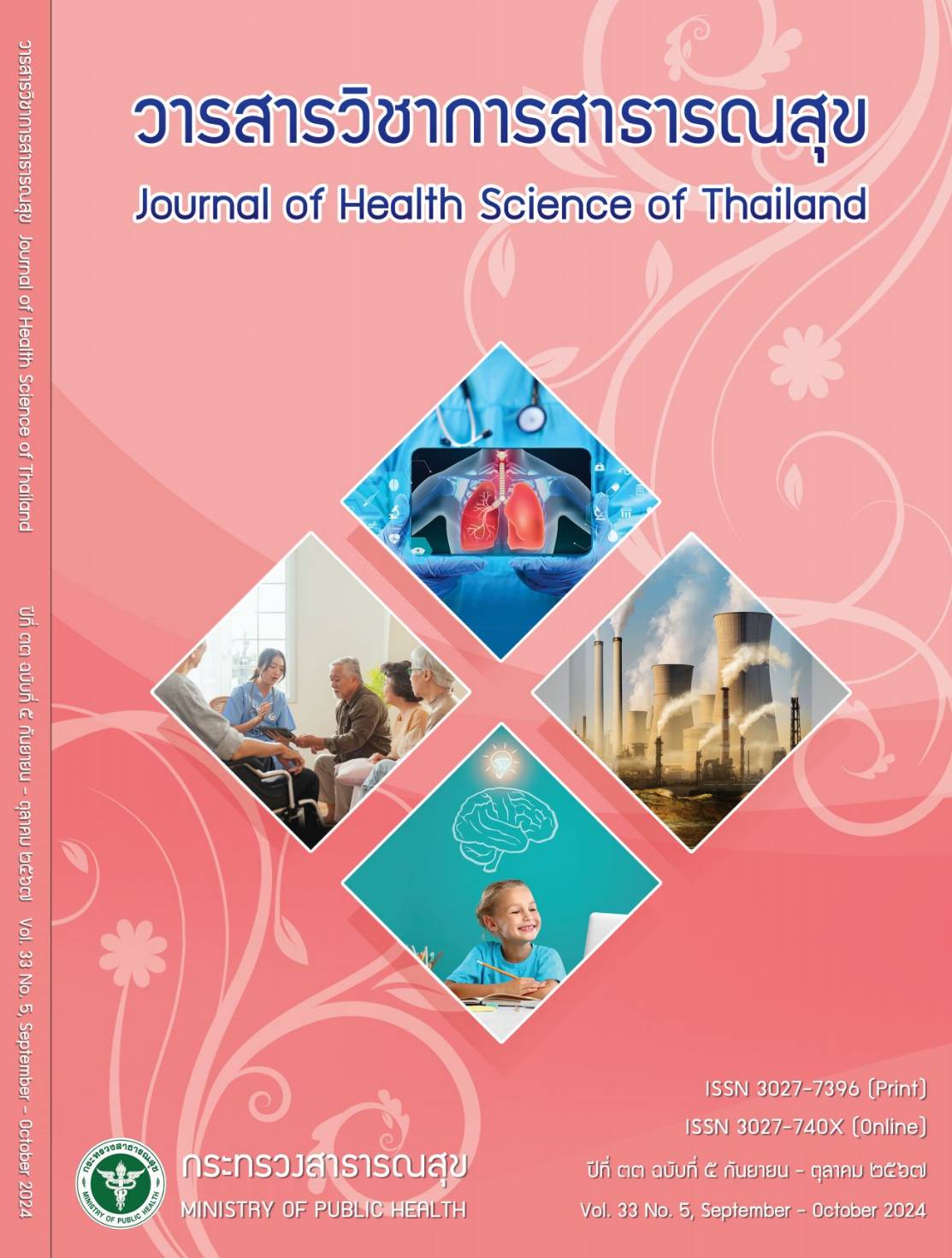Media and Communication Platform Development for Supporting the Intermediate Care Services System in M1 Network Hospital
Keywords:
intermediate care, health communication, video, infographic, FacebookAbstract
The research had three primary objectives: firstly, to investigate the context and needs associated
with intermediate care and rehabilitation; secondly, to develop a media and platform for facilitating
the communication of essential information among patients and caregivers; and finally, to assess user
satisfaction. The research and development study consisted of three distinct phases. The first phase
comprised a situational analysis, drawing insights from a focus group report involving 100 individuals
engaged with the intermediate care system. Key insights indicate a lack of understanding among hospital
staff about the intermediate care system. Caregivers and patients also struggle with role comprehension
and express distrust in Village Health Volunteers (VHVs). Insufficient knowledge hampers caregivers
and patients in providing adequate care. In the second phase, media and platform production occurred
through a qualitative approach, employing participatory observation tools. The researchers utilized the
insights obtained from phase 1 to design content, presentation, media, and platform. This effort
resulted in the creation of 12 videos and 15 infographics, distributed through a Facebook page and
a YouTube channel. In the evaluation phase, a mixed-methods approach was employed. Qualitative
findings from focus groups revealed a preference for educational entertainment videos among patients and
caregivers. Viewership could be enhanced by addressing their specific concerns. Recommendations include
producing 3-5 minute videos, generating more content, aligning media use with the interprofessional
team’s advice, and incorporating Line as an additional distribution channel. After 10 months of public
access, quantitative findings from the Facebook page revealed that women from Chiangmai were the main
users. Videos correcting attitudes outperformed knowledge-based ones in terms of reaches, views, shares,
and comments. Infographics reached a smaller audience but had a higher share rate.
Downloads
Downloads
Published
How to Cite
Issue
Section
License

This work is licensed under a Creative Commons Attribution-NonCommercial-NoDerivatives 4.0 International License.







